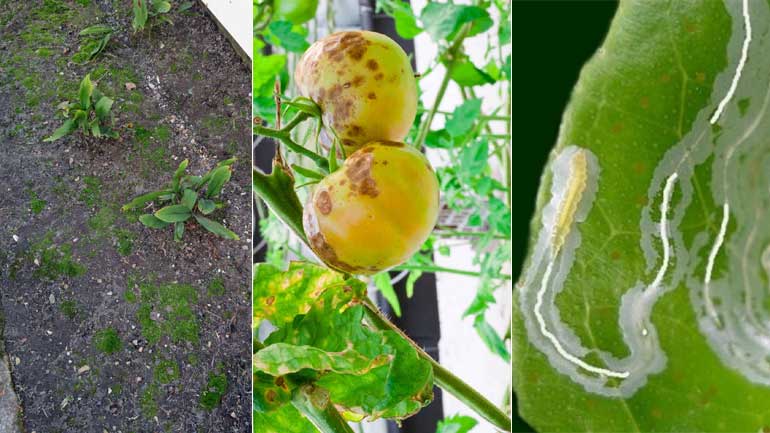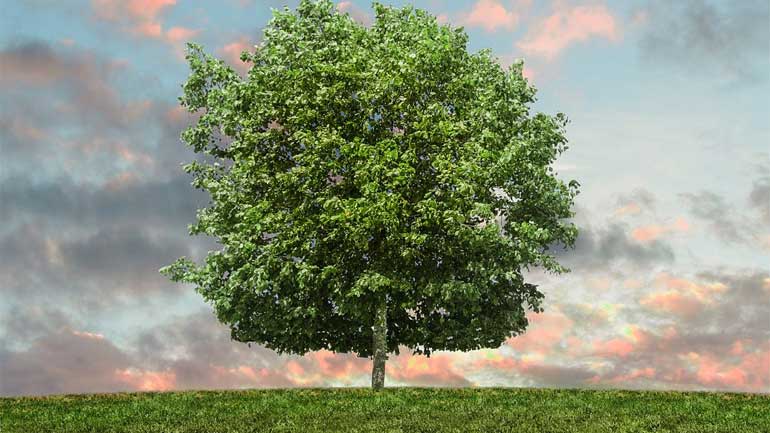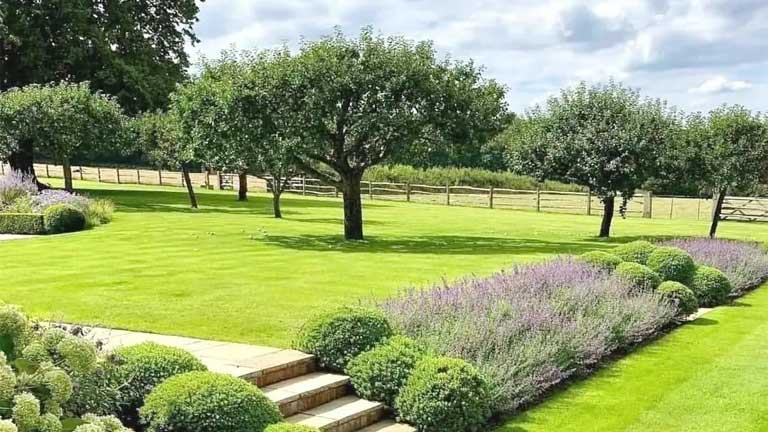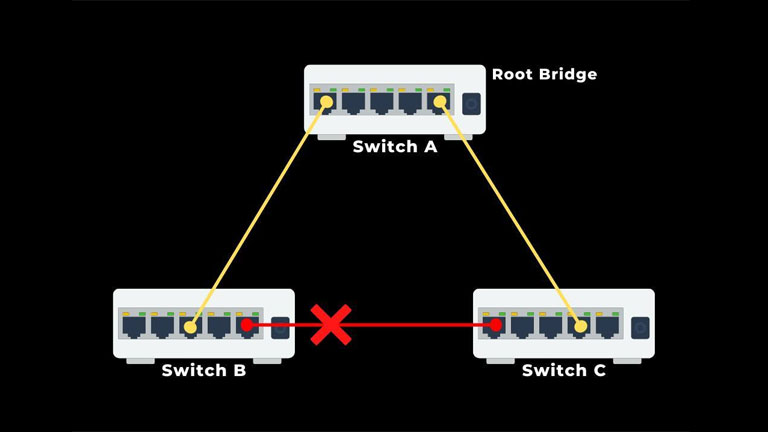
Maintaining the turfgrass healthy and preventing diseases depends upon what type of grass you have chosen. Yes, different types of turfgrass will grow according to their favorable condition. It’s better to choose the right turfgrass to prevent them from disease.
Let’s know the cause of diseases that occur in turfgrass.
Lawn Moss
All turfgrass is not suitable for every condition; it must be the foremost rule to implement to check what type of grass is sustainable for your climate. Climatic factors play a role that we can’t identify if we don’t have enough knowledge about the favorable conditions or lawn type. Low soil pH levels lead to soil erosion which makes the soil weaker. Sometimes, heavy trees surrounding the lawn create too much shade, causing unfavorable conditions for moisture-retaining.
Lawn moss can reverse quickly if it is identified at the beginning stages.
Treatments
- Make sure the growth of grass is healthy and provide supplement nutrients to the grass.
- First, detect the defects in the soil and observe the pH levels.
- Make a homemade killer supplement for moss because organic is the best.
- Most importantly, Mow the grass by leaving ½ inch of the grass.
- Professional suggestions can use chemical fertilizers.
Fungal disease
Overwatering makes the ground moist, which tends to soak the grass and causes it to rot. Due to heavy moisture, the nutrients and necessary minerals get reduced making the soil less fertile and more prone to fungal diseases. Chemical fertilizers can upset the lawn ecosystem and should not be used all the time, and some fertilizers don’t solve every problem. They shouldn’t be used unless suggested by an expert.
Weather plays a key role in the unhealthy growth of turfgrass. Understanding your local climatic conditions and growing the turf grass according to it is the best option.
Due to heavy moisture, the nutrients and necessary minerals get reduced making the soil less fertile and more prone to fungal diseases.
Treatments
- Choose organic fungicides and treatment methods as much as possible.
- Proper watering helps the grass grow healthy, watering according to the type of grass and its requirements.
- Choosing the right grass type is important. If the moisture levels are high, the grass becomes vulnerable to fungal infections. Moisture aids the fungus growth.
- Aerate the soil and make sure fungal transmission doesn’t occur through implements and during irrigation.
Grubs
Compact soil makes the grubs grow healthy and breed. This happens due to the lack of pores in the soil that allow oxygen and other beneficial factors. A decrease in fertility and thinness in the soil doesn’t give space for the necessary microbes.
Treatments
- The Milky disease is a natural pathogen that occurs in the soil, which helps in the reduction of Grubs by eating the beetle larvae without harming your garden.
- Allow Housewern birds into your garden, and they feed on grubs which is the most commonly used natural remedy for the grubs.
- Seek for beneficial nematodes that kill grubs and other soil infestations. These are visible under the microscope due to transparency, but they get the job done.
The disease may be anything, like lawn moss, fungus, or grubs. It is important to prevent the cause of diseases that make the grass vulnerable.




